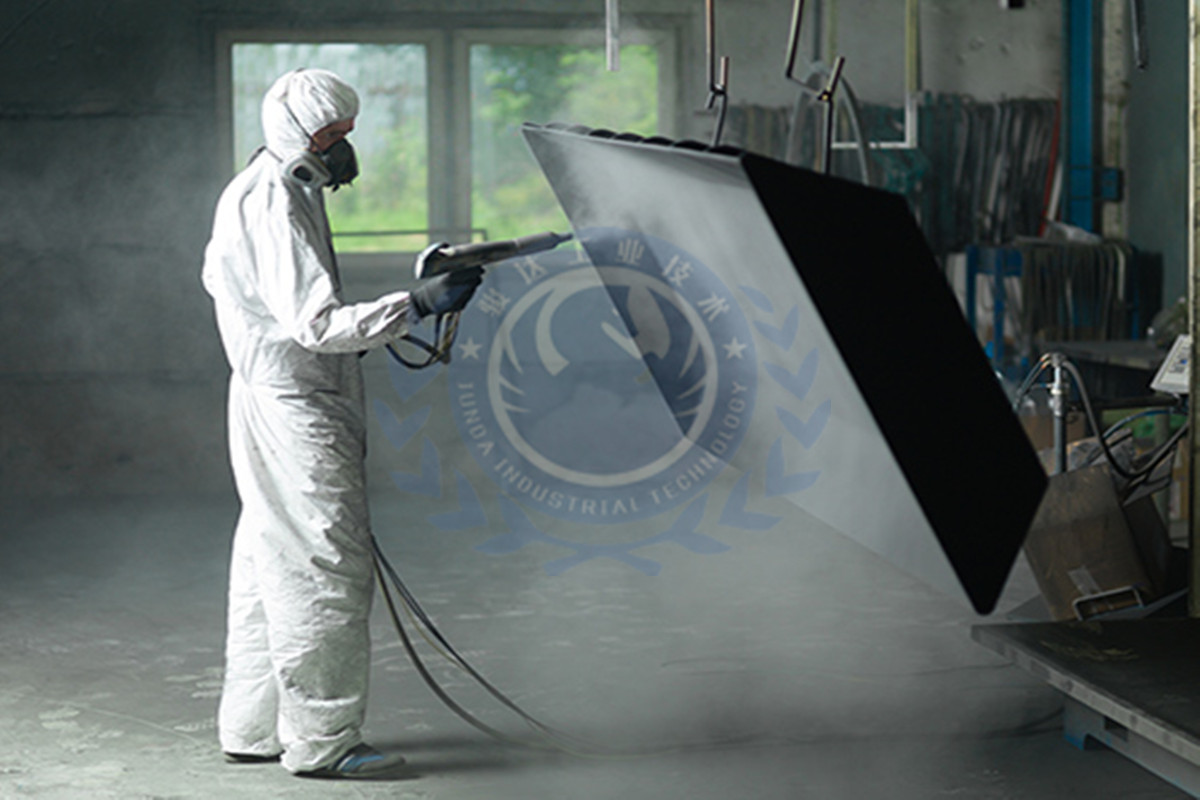News
Which surfaces can be effectively sandblasted?
3/2/2021
Concrete and metal are the most common surfaces in sandblasting, but they are by no means the only surface that can be effectively sandblasted. garnet sand can cleanly remove unwanted impurities and rust without causing surface damage or even Will cause minor surface damage.
Over the years, even antiques and porcelain can be lightly sandblasted. One of the keys here is the abrasive you use. Garnet sand is a safer alternative to sand used by sandblasting machines and is very suitable for industrial types of work. It has different grades, can be used for different finish grades, and with use and repeated use, the grain becomes finer.
In addition, the machine parts and car body can be cleaned very effectively by sandblasting, while retaining the function and appearance of the article.
When it comes to repairing vintage cars or making hot rods, it’s worth remembering that although the bodies of modern cars tend to be softer, the body panels of these vintage cars are usually strong and can withstand a bit of abrasive sandblasting. In general, sandblasting is the best way to eliminate the residual paint finish and prepare the metal for new paint. One of the advantages of sandblasting is that it can enter corners and gaps that are difficult to reach by any manual method.
As part of the restoration process, household items such as enamel, historic water tanks and copper products are very suitable for sandblasting.

Over the years, even antiques and porcelain can be lightly sandblasted. One of the keys here is the abrasive you use. Garnet sand is a safer alternative to sand used by sandblasting machines and is very suitable for industrial types of work. It has different grades, can be used for different finish grades, and with use and repeated use, the grain becomes finer.
In addition, the machine parts and car body can be cleaned very effectively by sandblasting, while retaining the function and appearance of the article.
When it comes to repairing vintage cars or making hot rods, it’s worth remembering that although the bodies of modern cars tend to be softer, the body panels of these vintage cars are usually strong and can withstand a bit of abrasive sandblasting. In general, sandblasting is the best way to eliminate the residual paint finish and prepare the metal for new paint. One of the advantages of sandblasting is that it can enter corners and gaps that are difficult to reach by any manual method.
As part of the restoration process, household items such as enamel, historic water tanks and copper products are very suitable for sandblasting.


professional firm engaged in the research, development, sale, and service of Steel Shot, Steel Grit, sandblaster, sandblasting machine, garnet sand. We are located in Jinan with convenient transportation access. .
Quick links
Products Structure
Our Contacts
No.365 ,The Second Jing Road ,Huaiyin District, Jinan City ,Shandong Province ,China
0086-531-82020205
+0086-15806668333
-

Message
